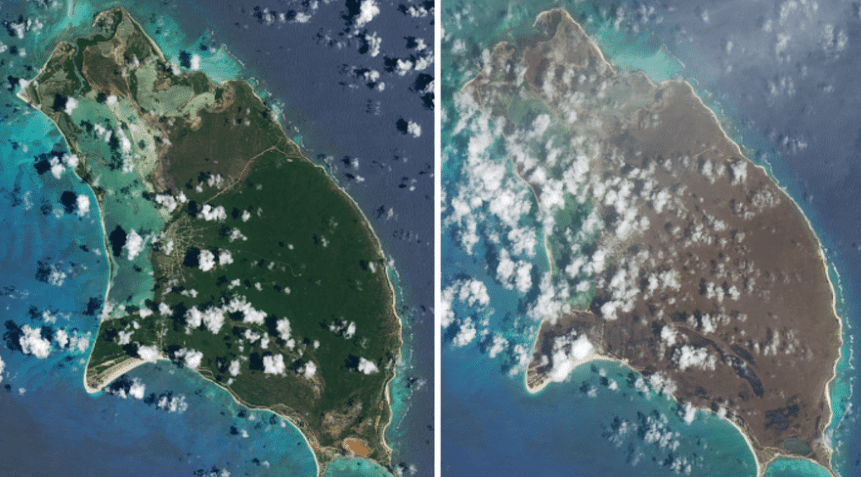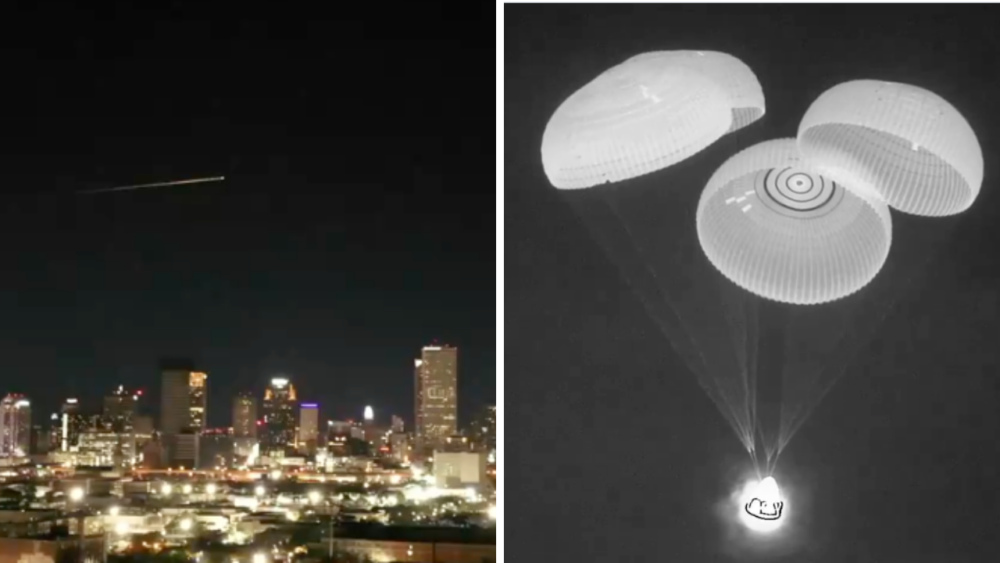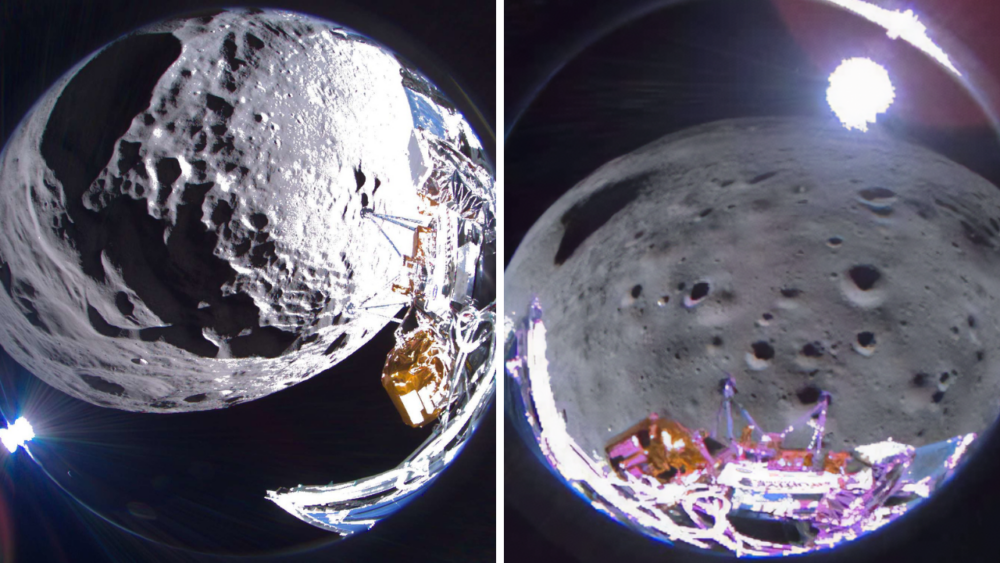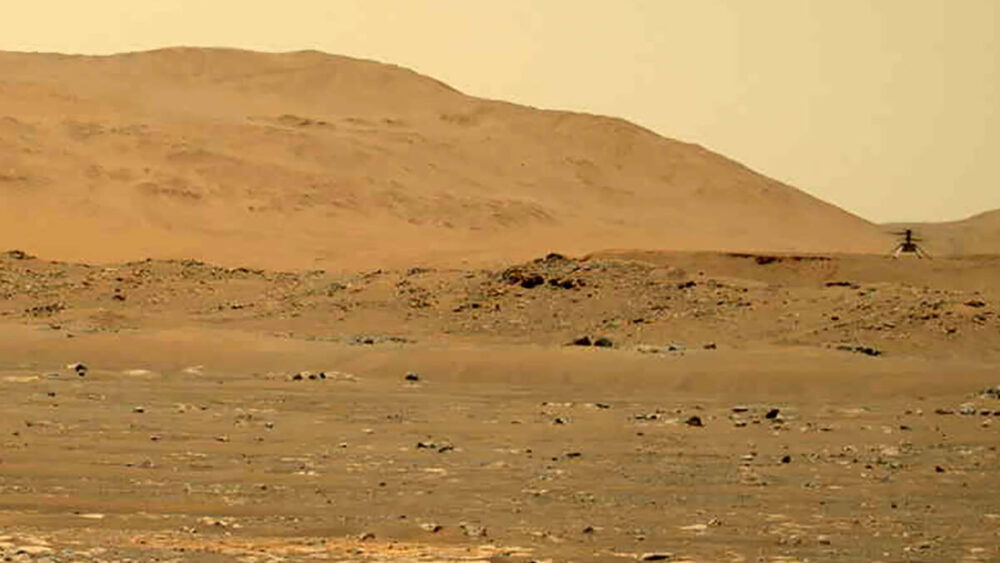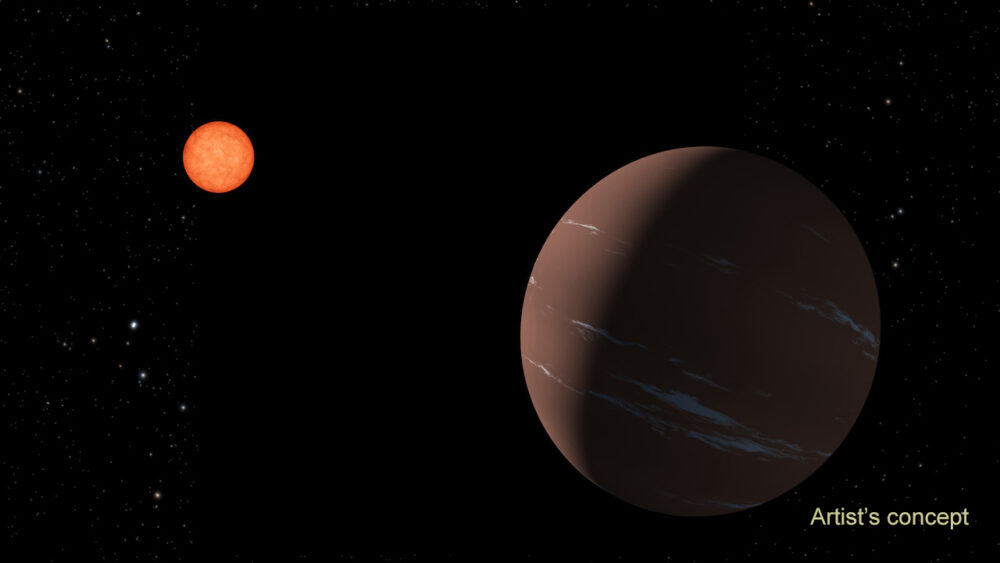NASA Photos Show How Caribbean Islands Changed Color After Hurricane Irma
The magnitude of devastation following a hurricane may not be fully realized from the ground. As images released from the NASA Earth Observatory show, there is a striking difference in appearance pre- and post-Hurricane Irma on the islands in the Caribbean.
The island of Barbuda was hit hard when the Category 5 hurricane first made landfall with winds of 185 miles per hour. Barbuda had been known for its white-sand beaches, but now, 95 percent of its structures are damaged.
The images released by NASA were captured by the Landsat 8 satellite before and after the storm hit in Barbuda and Saint Barthélemy. The views are from Aug. 27 and Sept. 12, 2017:
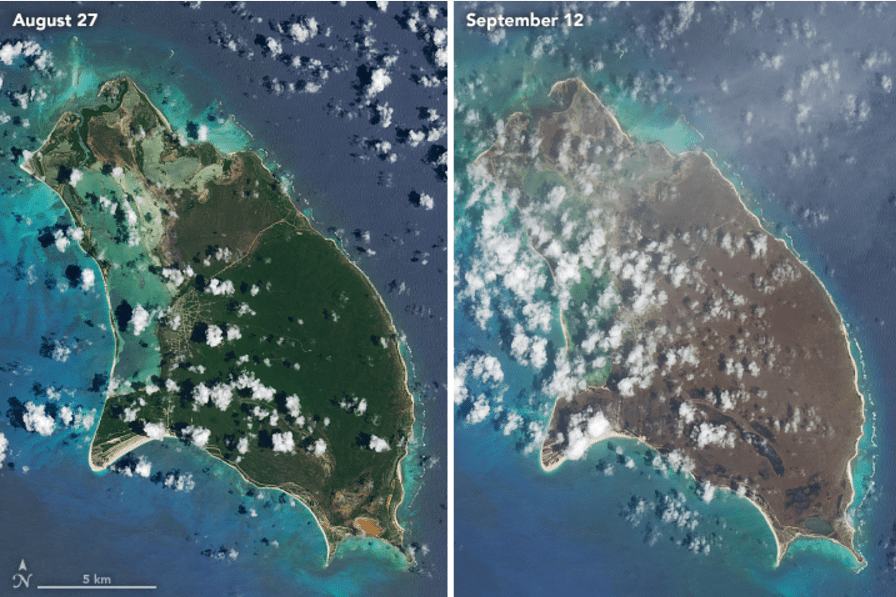
NASA science writer Kathryn Hansen explains there are multiple reasons for the the browning that you see in the photos. The green vegetation could have been ripped away by the storm’s winds, showing more bare ground on the satellite images. The salt spray whipped on to the island by the hurricane could also coat and dry out the leaves while they’re still on the trees, thus leaving them brown.
Hurricane Irma did the same thing to the Virgin Islands, where it was also a Category 5, with winds of 185 mph.
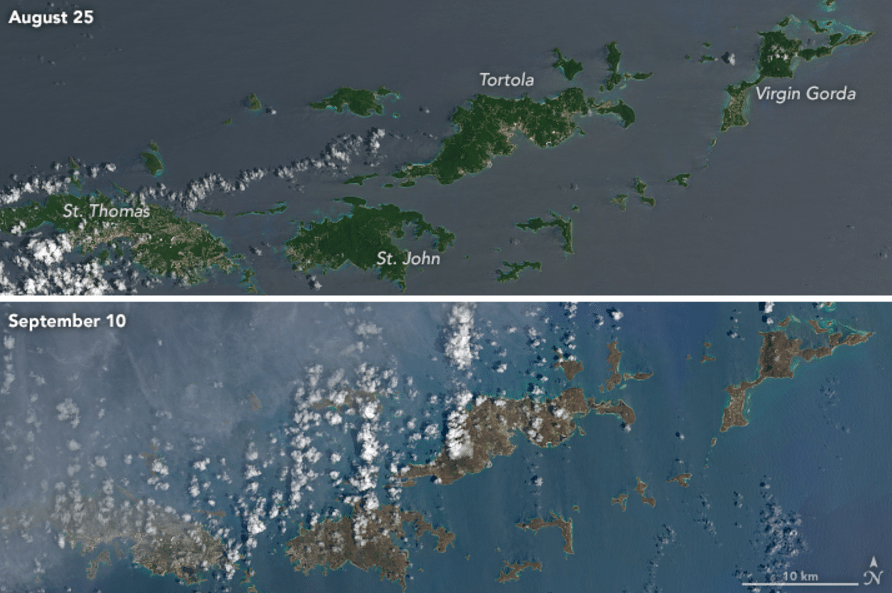
These images illustrate just how intensely the Caribbean was hit by the storm. The cost of rebuilding Barbuda could be as much as $300 million, according to Antigua and Barbuda’s Prime Minister Gaston Browne. “The extent of the damage is beyond the means of these islands … Global human cooperation is an absolute necessity,” Browne told Time.com.
Barbuda’s sister island of Antigua appears better off, as it received much less impact. One day after Irma passed, electricity had been restored and the island’s airport was reopened.
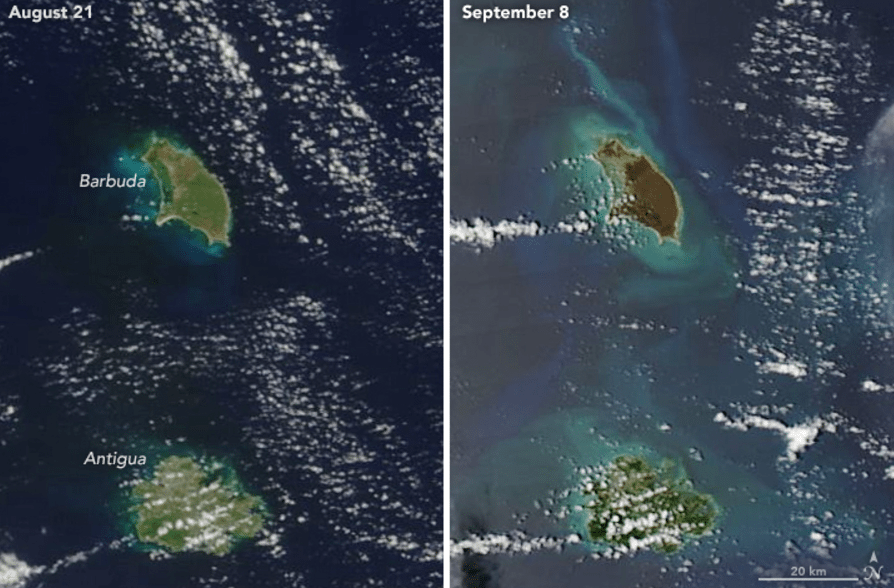
You can see plenty more images of the world thanks to Earth Observatory, whose mission is to share images, stories and discoveries about the environment, Earth and climate with the public. It was created in 1999 and now has social media accounts hundreds of thousands of followers. Check them out on Instagram and YouTube for more incredible pictures.


